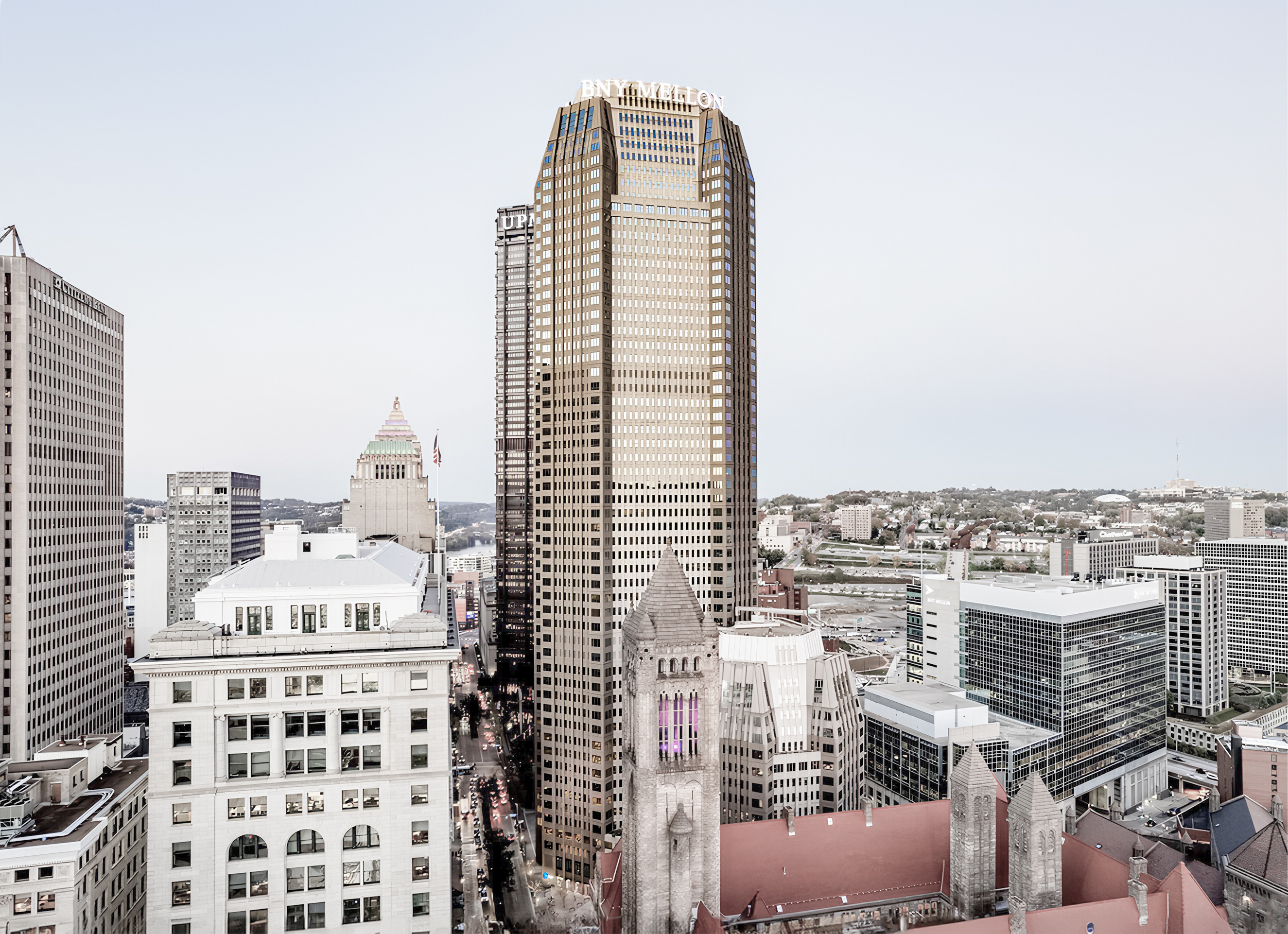The One PPG Place is a Postmodernist skyscraper designed by Johnson/Burgee Architects, with Philip Johnson as lead architect, and built between 1981 and 1984 in Pittsburgh, PA.
Its precise street address is 101-125 Third Avenue, Pittsburgh, PA. You can also find it on the map here.
The One PPG Place is the central tower of a commercial complex consisting of six other buildings, including a winter garden, and a central courtyard.
The building's design blends Neogothic style with modern innovations, drawing inspiration from iconic structures like London's Victoria Tower, H.H. Richardson's Allegheny County Courthouse, and Charles Klauder's Cathedral of Learning, also in Pittsburgh.
At the time of its completion in 1984 the One PPG Place incorporated solutions that were quite advanced at the time, these included capturing heat generated by computers inside the offices, recycling it and redistributing it throughout the building.










